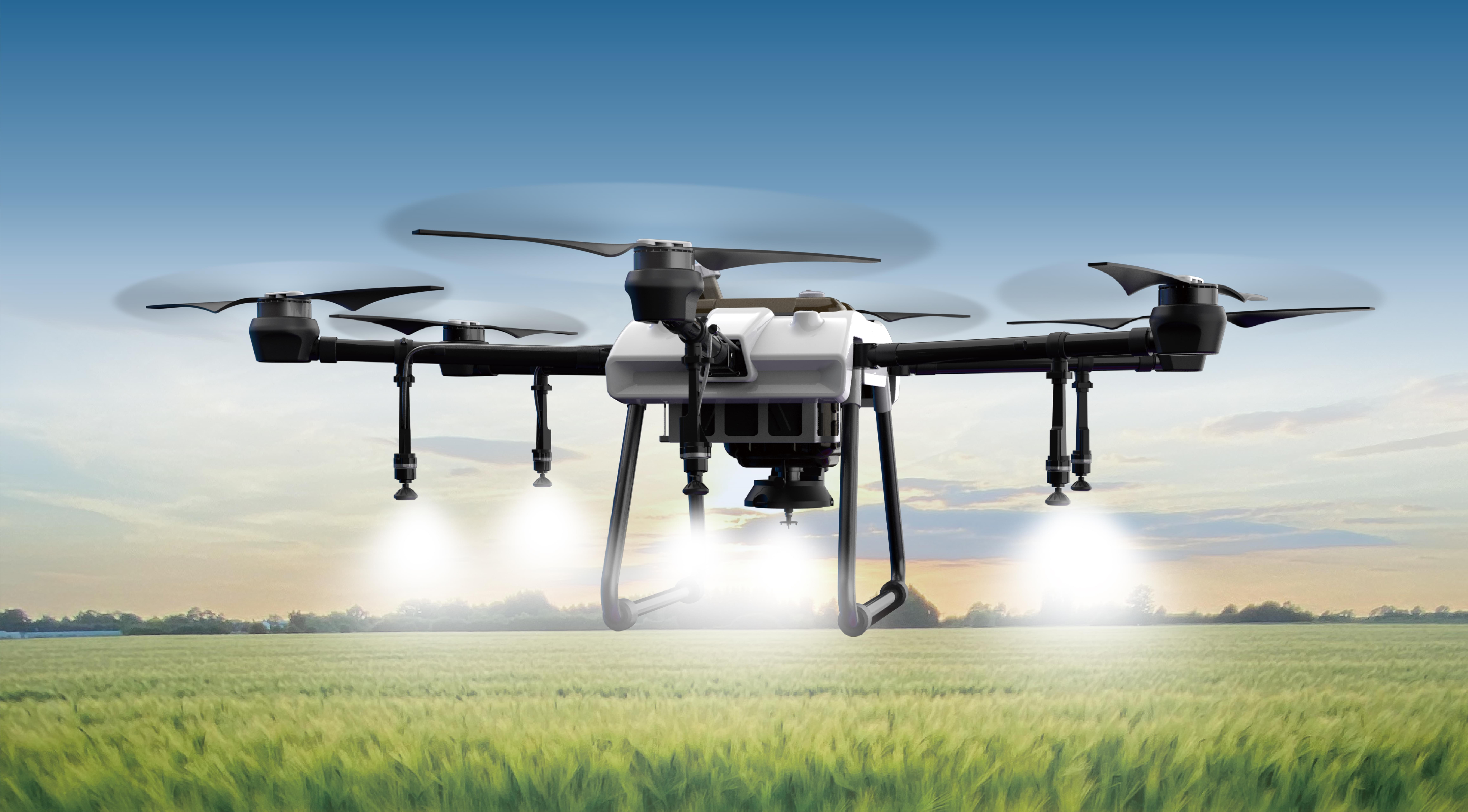What Is a Micro Servo Motor? Unveiling the Tiny Powerhouse
Imagine having a muscle so small yet so precise that it can move with astonishing accuracy—this is the essence of a micro servo motor. Standing at just a few centimeters or even millimeters in size, these miniature motors pack an incredible punch, enabling complex movements in tight spaces and delicate tasks that larger motors simply couldn't manage.

The Basic Anatomy of a Micro Servo Motor At its core, a micro servo motor combines a small electric motor, a gear train, a control circuit, and a potentiometer to provide precise angular or linear movement. Unlike traditional motors that spin freely, a servo motor is designed to rotate to a specific position—controlled through PWM (Pulse Width Modulation) signals—making it ideal for tasks demanding exact positioning.
The miniature size of micro servo motors often means they are constructed with lightweight materials such as plastic or small metal components. Inside, the motor’s tiny rotor spins within a stator, with gears reducing the motor’s high RPM to a usable torque and speed suitable for precise control. The control circuit interprets input signals, adjusts the motor's position, and feeds back data through the potentiometer—necessary for consistent accuracy.
How Do Micro Servo Motors Work? The magic of a micro servo motor lies in its closed-loop control system. When a microcontroller or remote control sends a PWM signal, the servo’s control circuit compares the commanded position with the current position read from the potentiometer. If there's a discrepancy, it energizes the motor to adjust the shaft position, continuing this process iteratively until the desired position is reached.
In essence, micro servo motors are like tiny navigators—they listen, adjust, and hold their positions, all within fractions of a second. This real-time feedback capability enables their outstanding performance in applications requiring repeatable and reliable movements.
Why the Surge in Popularity? The increasing demand for miniaturization in technology—think of drones, robotic arms, prosthetic devices, and miniature cameras—has made micro servo motors essential. Their small size and ability to deliver precise, controlled movements open up possibilities that were once thought impossible with larger motors.
Furthermore, the ease of integration into microcontroller-based systems like Arduino, Raspberry Pi, or customized control boards has democratized their use, making micro servo motors accessible even to hobbyists and students. They're relatively affordable, readily available, and versatile, making them an obvious choice for rapid prototyping and innovative design.
Types of Micro Servo Motors Micro servo motors come in various types, each suited for specific tasks:
Standard Micro Servos: Offer a typical rotation range of around 180 degrees, suitable for most hobbyist applications such as controlling camera gimbals or robotic arms. Continuous Rotation Micro Servos: Instead of a limited angular range, these rotate freely like a standard motor and are used in autonomous vehicles or conveyor systems. Digital Micro Servos: Equipped with integrated digital circuitry, they provide higher torque, faster response times, and more precise control, ideal for demanding environments. Analog Micro Servos: Simpler and more affordable, suitable for less critical applications where ultra-precise positioning isn't essential.
Materials and Construction Considerations Given their small size, micro servo motors are often constructed with lightweight plastics to reduce weight and increase affordability. However, high-performance variants may feature metal gears like titanium or steel for increased durability, especially in applications involving high loads or prolonged use.
Efficient heat dissipation and structural integrity are vital since these tiny components can generate heat when under stress. Advances in microfabrication techniques continue to improve their robustness and operational lifespan.
The Role of Micro Servo Motors in Robotics and Automation In robotics, micro servo motors serve as joints and actuators, enabling robots to mimic human movements or perform precise tasks like assembly and sorting. Their compact form factor allows engineers to design smaller, more flexible robots capable of intricate maneuvers.
Drones leverage micro servo motors to control camera angles, adjust wing flaps, or manipulate sensors—all within a lightweight package that doesn't compromise flight performance. Similarly, in automation systems, micro servos are used to position small components accurately, such as in laboratory instruments or miniature manufacturing devices.
Understanding Power and Torque in Micro Servo Motors Despite their small size, micro servo motors can deliver impressive torque relative to their weight. Typically, torque ranges from a few tenths of a millinewton-meter (mN·m) up to about 10 mN·m, enough for many precision applications. Power consumption is low, often in the range of a few hundred milliwatts, making them suitable for battery-powered devices.
Their performance depends on voltage input, with common operating voltages between 4.8V and 6V. Higher voltages may increase speed and torque but also demand more careful consideration of heat and component ratings.
Established in 2005, Kpower has been dedicated to a professional compact motion unit manufacturer, headquartered in Dongguan, Guangdong Province, China.




































